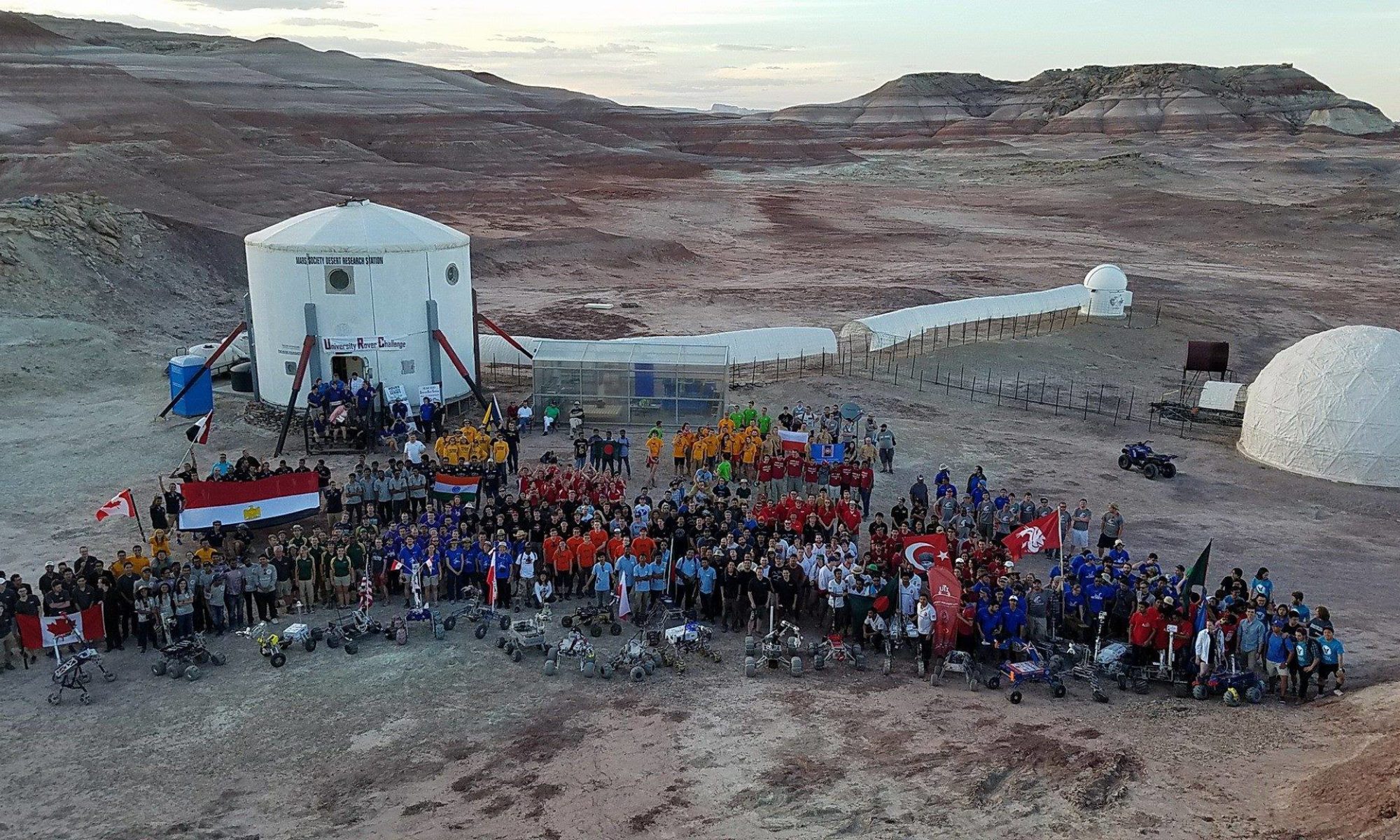Crew 186 Operations Report 09JAN2018
SOL: 09
Name of person filing report: M. Grande
Non-nominal systems: Generator
Notes on non-nominal systems: Generator system has run for the past 48 hours due to the cloudy weather. I tried to check the coolant this morning, and noticed it’s a yellow liquid again, instead of being basically butter when I saw it at the beginning of the rotation. (Apparently a previous crew filled it with oil instead of coolantThe coolant seemed to be pretty full, but I did check it when the generator was still hot, and not sure if that makes a real noticeable difference in the fill level. If I am to add more coolant before leaving, I’ll have to schedule some downtime for the generator so it can cool down first, probably in midday, if this cloudy weather persists.
Generator (hours run): 13h
Generator batteries switched at 7:15am
Generator batteries switched at 7:30pm
Solar— SOC
@ 7:15am : 94%
@ 5:00pm : 100%
Diesel: 50%
Propane: 30%
Ethanol Free Gasoline (5 Gallon containers for ATV): 7.15 Gallons
Water (trailer): 10 Gallons
Water (static): 446 Gallons
Trailer to Static Pump used: No
Water (loft) – Static to Loft Pump used: Yes
Water Meter: 129293.0 Gallons
Toilet tank emptied: No
ATVs Used: None
Oil Added? No
ATV Fuel Used: 00 Gallons
# Hours the ATVs were used today: 00:00 hours
Notes on ATVs: The 300 apparently died today, because the intern took it out and couldn’t get it to start again. Please refer to Shannon for further details.
Deimos rover used: Yes, briefly by Shannon
Hours: 98.4
Beginning charge: 100%
Ending charge:
Currently charging: Yes
Sojourner rover used: Assigned to director only.
Hours: Director discretional hours
Beginning charge: 100%
Ending charge:
Currently charging: Maybe
Spirit rover used: No
Hours: 10.5
Beginning charge: 100%
Ending charge:
Currently charging: Yes
Opportunity rover used: No
Hours: 5.5
Beginning charge: 100%
Ending charge:
Currently charging: No
Curiosity rover used: No
Hours: 3.1
Beginning charge: 100%
Ending charge:
Currently charging: No
HabCar used and why, where? No
General notes and comments: None, really. Sad, cloudy, snowy day. We watched “Black Mirror” (on Netflix, pre-downloaded) and diffused bombs (on a VR game, not real bombs, come on) instead of our EVA excursion.
Summary of internet: All nominal
Summary of suits and radios: All nominal
Summary of Hab operations: All nominal
Summary of GreenHab operations: All nominal
Summary of ScienceDome operations: All nominal
Summary of RAM operations: Not Operational
Summary of health and safety issues: Crew is Healthy
Questions, concerns and requests to Mission Support: Coolant might need to be replaced, but I don’t think we have any extra here, that I could find. We do have a bottle of engine oil.

